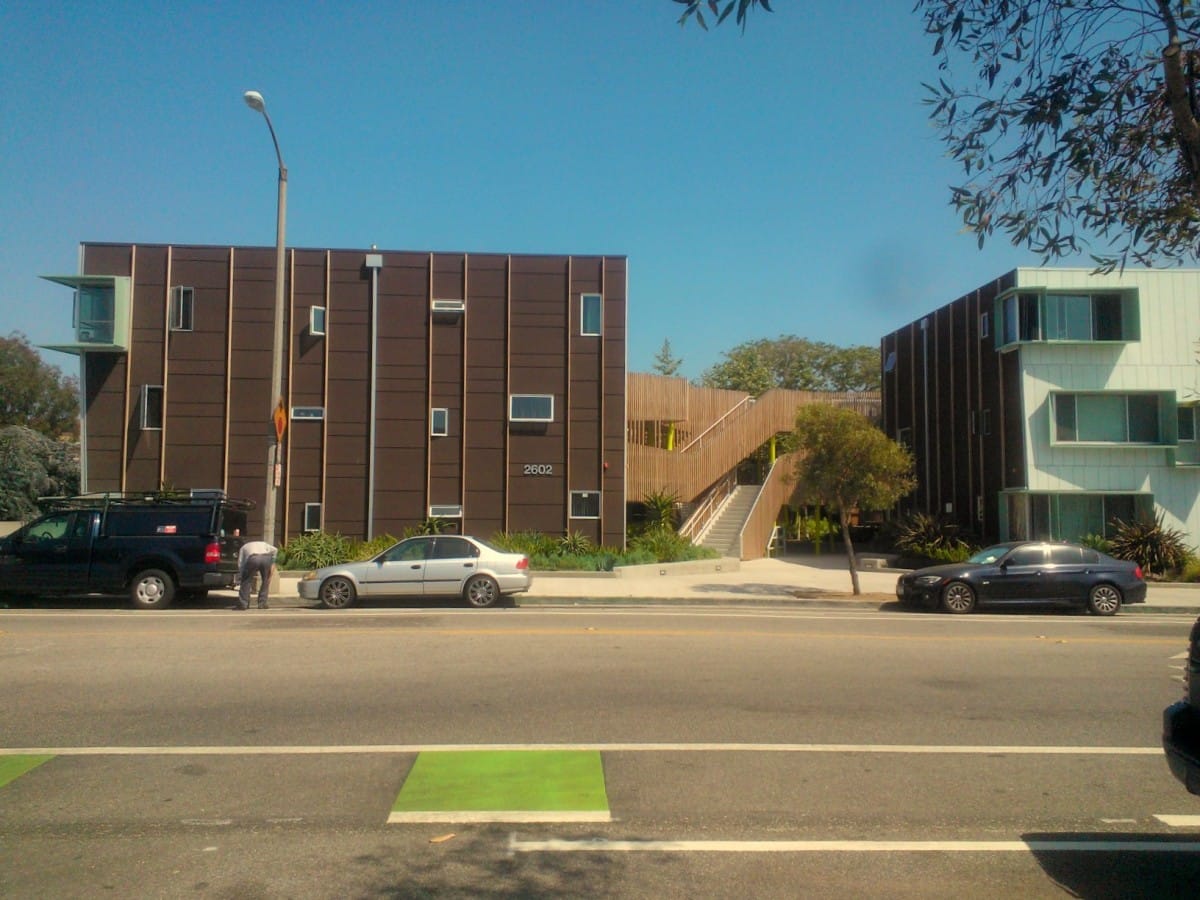
Two companion ballot initiatives proposed by Santa Monica City Hall that would raise as much as $10 million a year to fund low-cost housing production became the target of a lawsuit Monday.
The lawsuit, filed by a group calling itself “No Taxes to Fund Development,” aims to prevent publication of a rebuttal to arguments opposed to two measures, one which would raise the fee the City levies on sales of property worth more than $1 million and a companion measure which would allocate that money to affordable housing production if approved by voters this November.
The lawsuit argues that the rebuttal shouldn’t be published because two of its signatories, Councilmember Ted Winterer and Santa Monica’s League of Women Voters President Ann Williams, did not originally sign the argument in favor of the ballot initiative.
But a press release by No Taxes to Fund Development (NTFD) Wednesday announcing the lawsuit was aimed as much against the measures as it was at stoking anti-development sentiment, employing the “no room at the inn” rhetoric that has become alarmingly commonplace in community discussions about planning Santa Monica’s future.
According to the press release, the fee “never expires creating an ominous overbuilt future for us all as our taxpayer money will be given away to developers, forever.”
NTFD spokesperson Peter Tigler, in the press release, calls the measures a way to fund “unwanted development.”
Unwanted by whom, exactly?
“This is a progressive form of taxation under which the very affluent pay a little extra in order to create a pool of funds to create housing for low-income households earning substantially less than the area median income,” Winterer said, adding that the measures were “an effort to preserve our socioeconomic diversity and resist the trend toward gentrification.”
When the City Council voted 5-to-1 to put the measures on the ballot, City Councilmember Gleam Davis pointed out that low-cost housing not only benefits working families but also young people who may be just starting a career or working their way through school.
The first of the two proposed measures would increase the fee paid to the City when a property worth over $1 million changes hands from $3 to $9 for every $1,000 of the property’s sale price, while the companion measure would dedicate that funding stream to help nonprofit housing developers like Community Corporation of Santa Monica and Step Up on Second build – and maintain – permanent affordable homes. (Editor’s note: An earlier version of this article mistakenly said the fee would increase from three to nine percent of the sale price. It has been updated.)
Responding to claims in the NTFD press release that the measures would lead to displacement of current residents, Winterer said, “Very often our housing funds are used to rehabilitate and preserve existing buildings for deed-restricted affordable housing. When the affordable housing money is used for new construction, it’s almost always along commercial corridors, where there is no displacement of existing housing.”
Winterer added, “It has never been the policy of the City to use housing funds to evict anyone.”
The proposed measure comes at a time when Santa Monica is struggling to maintain its commitment to economic diversity in the face of record high rents, in large part due to rising land values and a regional housing shortage.
In 2012, Santa Monica lost about $15 million a year for funding permanent low-cost housing after California shut down its 400 redevelopment agencies and the City has been searching for alternatives since.
A local, dedicated funding stream would also help local nonprofits qualify for state money, like cap-and-trade funds, 20 percent of which would be set aside to finance low-cost transit oriented housing.
